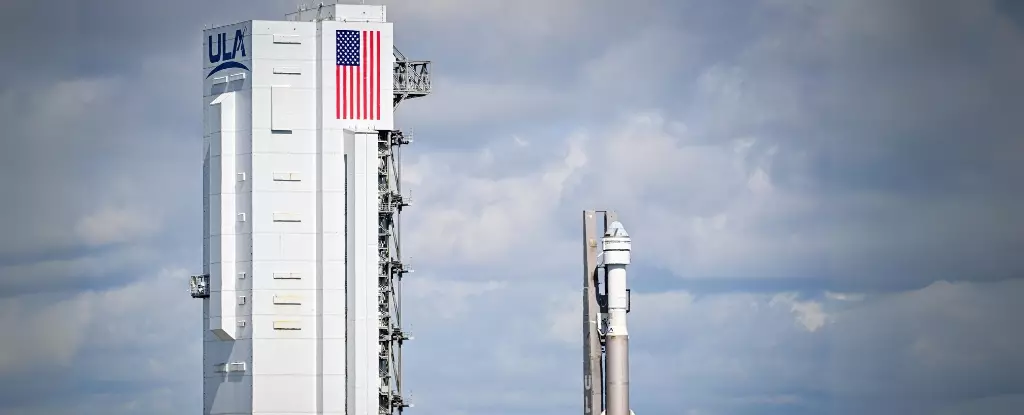Boeing’s Starliner capsule is finally set to launch on its first crewed mission to the International Space Station, marking a significant milestone for the US aerospace giant. This long-awaited flight comes after several years of delays and setbacks, contrasting SpaceX’s earlier success in achieving the same objective. The mission is deemed critical not only for Boeing but also for NASA, which is eagerly awaiting a viable alternative to SpaceX’s Dragon vehicles.
Challenges Faced by Starliner
Starliner’s journey to this point has been fraught with surprises and obstacles, including unexpected setbacks and delays that have plagued the program. Boeing, the lead manufacturer of the spacecraft, is under immense pressure to ensure the success of this mission to restore its reputation after safety concerns with some of its commercial jets. The upcoming test flight with astronauts Butch Wilmore and Suni Williams aboard represents a crucial moment for both the company and the space agency.
For NASA, having a second option for human spaceflight is of paramount importance. Dana Weigel, manager of NASA’s International Space Station program, highlighted the significance of having multiple vehicles available to manage emergency situations effectively. The successful completion of Starliner’s mission would provide NASA with valuable flexibility and assurance in its operations.
Upon arriving at the ISS, Starliner is scheduled to undergo rigorous tests to validate its performance and capabilities. The astronauts will stay on the station for over a week before returning to Earth. This mission is crucial for certifying the Starliner for NASA’s regular missions to the ISS, following the setbacks encountered during the uncrewed test flight in 2019 and subsequent delays in the crewed test flight.
Boeing executives have acknowledged the challenges faced in preparing the Starliner for human spaceflight. Mark Nappi, a senior Boeing official, emphasized the resilience and dedication of the team in overcoming the unexpected obstacles encountered during the spacecraft’s development. Despite the setbacks, Boeing remains committed to ensuring the success of the current mission and subsequent operations.
Looking ahead, both Starliner and SpaceX’s Dragon capsules are poised to play a crucial role in NASA’s space exploration initiatives. With the ISS scheduled to be retired in 2030, these spacecraft could be repurposed to transport astronauts to private space stations planned by various companies. The competition and collaboration between Boeing and SpaceX are expected to drive innovation and advancements in commercial space travel.
Boeing’s Starliner mission represents a pivotal moment for the aerospace industry and NASA’s human spaceflight program. The successful completion of this mission would not only validate Boeing’s spacecraft but also provide NASA with a reliable alternative for crewed missions to the ISS. As the aerospace community eagerly awaits the outcome of this mission, the lessons learned from Starliner’s journey will undoubtedly shape the future of space exploration and commercial space travel.



Leave a Reply